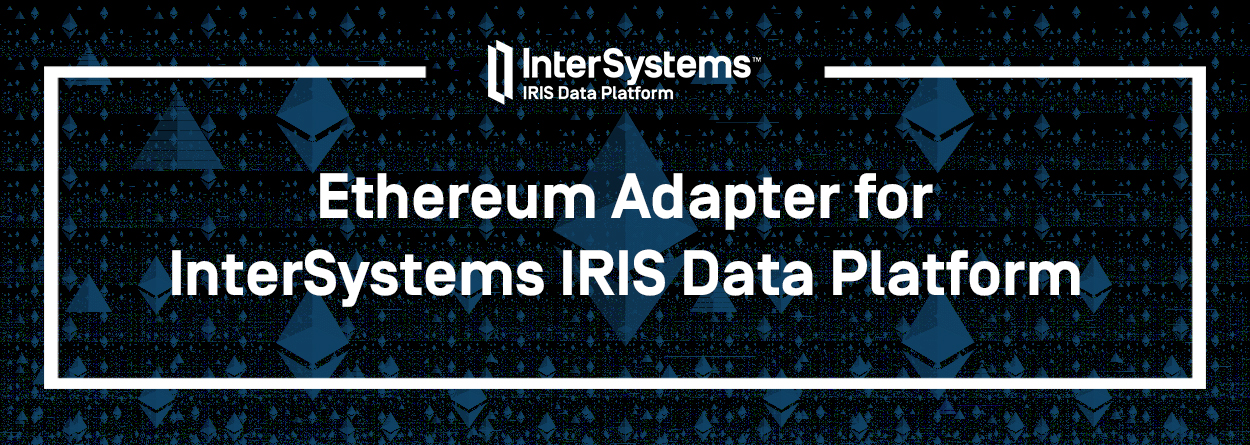Object Synchronization is a feature that has been around for a while, since Caché days, but I wanted to explore a bit more how it works. I've always thought that database automatic synchronization is complex by nature but, for some particular scenarios shouldn't be so hard. So I considered a very simple use case (OK, perhaps the typical one, I'm not discovering anything... but if it's common and it works, it's good  ).
).





.png)
.png)
.png)
.png)
